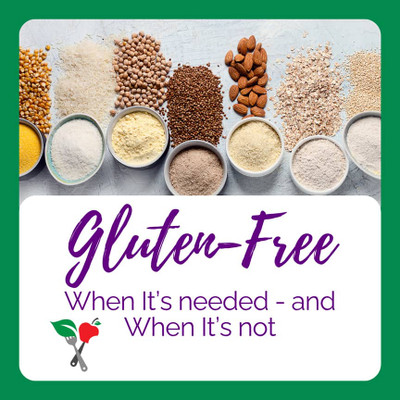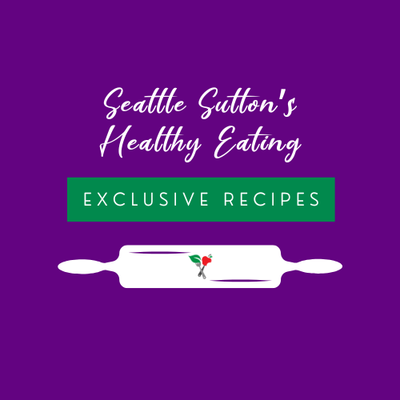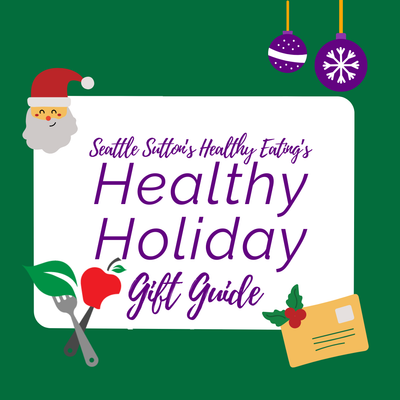Adding Flavor Without Salt
Getting adjusted to a low sodium diet can leave you feeling like all your food is flavorless and bland. Sometimes this is a deterrent and people quickly give up on their healthy eating goals and return to their old eating habits. Before you pull your salt shaker back out of the cabinet, it’s important to learn more about getting adjusted to a low sodium diet.
One really important thing to keep in mind, is that salt is a learned taste preference, meaning that you can retrain your taste buds to like and enjoy foods that are lower in sodium. Being patient with your diet change is important because it can take time for you to get adjusted to appreciating the natural flavors of your food. Trust me, after some time on a low sodium diet you will really be able detect high salt foods. Possibly foods you don’t eat frequently suddenly taste much saltier than you remember.
One of the bests ways to decrease the amount of sodium you consume daily is to reduce your intake of highly processed foods. Reaching for more fresh foods and cooking from scratch will help to significantly lower your sodium intake. But the flavor may still be lacking, so here are some ways to add flavor without sodium:
1. Add aromatics - Onions, garlic, and shallots can significantly increase the flavor of any dish. Increasing any of these ingredients in a recipe will lend big taste without missing the salt.
2. Complement with citrus - Lemon, lime, or orange juice added to fish, chicken, sauces, or marinades can brighten up the flavor and add a new dimension to your cooking. The acidity offers a natural flavor enhancer.
3. Enhance with Herbs (and spices) - An obvious way to flavor food is to use herbs and spices. It is important to remember that using these will not make your food taste like they have added salt, but will lend additional flavor to otherwise bland and boring food. Mrs. Dash or other no-salt seasoning blends are a perfectly acceptable addition as well. Be sure to avoid garlic salt or onion salt and watch out for seasoning blends that are not labeled no-salt!
4. Variety of vinegars - Every type of vinegar has a slightly different flavor profile, making them a great option to not get bored of the same flavors. Try apple cider, Balsamic, rice, or wine vinegar in different dishes.
5. Herb-infused oils - now with this one we need to be mindful of portion control as oils can be calorie-dense. But a little drizzle of herb-infused oil can go a long way on vegetables, rice, past, or any protein food. .
The majority of Americans eat more sodium than we need. The recommendations for most people is to consume less than 2,300 milligrams of sodium per day. Limiting highly processed foods and replacing your salt shaker with any of the options above will help you to stay within these guidelines without missing the flavor.

Interested in eating healthy? Hungry for more?







 Weight Loss
Weight Loss Health & Wellness
Health & Wellness Diabetes
Diabetes Heart Health
Heart Health Motherhood & Family
Motherhood & Family Dietary Restriction
Dietary Restriction Other Health Conditions
Other Health Conditions About SSHE
About SSHE


